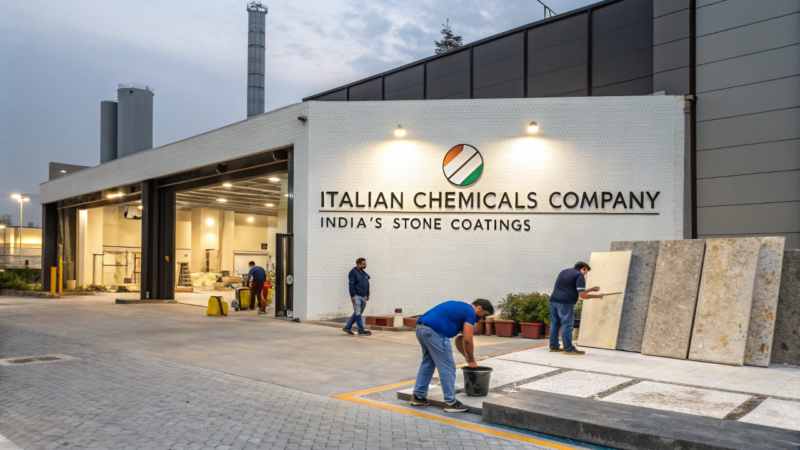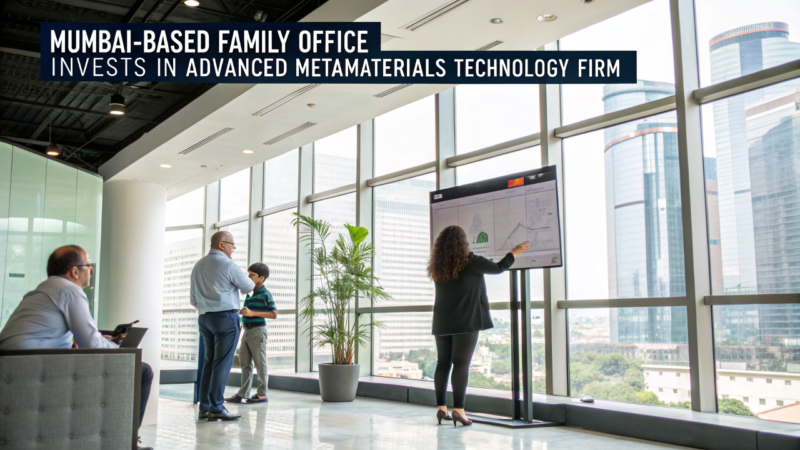
Introduction
India is one of the fastest-growing infrastructure markets in the world, with a planned investment of $1.4 trillion under the National Infrastructure Pipeline (NIP). This rapid expansion has generated a huge demand for Engineering, Procurement, and Construction (EPC) contractors, particularly in key sectors like roads, railways, metro, ports, power, and urban infrastructure. With 100% FDI allowed in several infrastructure sectors, global EPC contractors have significant opportunities to enter India’s market. This blog explores key entry strategies, regulatory frameworks, investment trends, and business opportunities for international EPC players.
Why India is a Lucrative Market for Global EPC Contractors
1. Infrastructure Boom & Investment Opportunities
- $500 billion in transport infrastructure by 2030, covering highways, metros, and railways.
- Renewable energy projects worth $100 billion, open for foreign EPC firms.
- Urban Smart Cities, water management, and real estate projects totaling $200 billion.
2. Government Support & FDI Liberalization
- 100% FDI in roads, highways, ports, and power projects.
- Viability Gap Funding (VGF) incentives for EPC-based PPP projects.
- Infrastructure Investment Trusts (InvITs) providing avenues for foreign participation.
How International EPC Contractors Can Enter India
1. Public-Private Partnerships (PPP) & Joint Ventures
- Partnering with Indian firms on Build-Operate-Transfer (BOT), Hybrid Annuity Model (HAM), and EPC+O&M projects.
- Foreign EPC companies can bid for metro, highway, and smart city projects.
- Multilateral funding from ADB, World Bank, and other global entities is supporting foreign EPC participation.
2. Acquisitions & Strategic Partnerships
- Mergers & acquisitions with existing Indian EPC firms to accelerate market entry.
- Technology partnerships in AI-driven smart infrastructure and Building Information Modeling (BIM).
3. Direct Bidding & EPC Contracts
- International EPC firms can win bids for large-scale government projects.
- Turnkey EPC contracts are available for high-speed rail, desalination plants, and energy grids.
Key Infrastructure Sectors for Global EPC Contractors
1. Transport & Mobility ($500 billion)
- Highway EPC contracts under Bharatmala Pariyojana.
- Metro rail projects in cities like Chennai, Mumbai, Bengaluru, and Hyderabad.
- EPC contracts for the Mumbai-Ahmedabad Bullet Train project.
2. Renewable Energy & Power ($100 billion)
- Solar and wind energy EPC projects aligned with India’s 500 GW renewable energy target.
- Opportunities in green hydrogen and smart grid investments for foreign EPC players.
3. Water & Urban Infrastructure ($200 billion)
- Desalination plants and sewage treatment projects under AMRUT 2.0.
- PPP-based urban water recycling projects offering opportunities for global EPC firms.
Challenges & Risk Mitigation for Foreign EPC Contractors
1. Regulatory Approvals & Compliance
- Solution: The implementation of a single-window clearance system is simplifying approval processes.
2. Project Execution Risks & Payment Delays
- Solution: Government-backed annuity models ensure financial security and reduce payment delays.
3. Land Acquisition & Environmental Clearances
- Solution: Fast-track approvals are available under India’s Ease of Doing Business (EoDB) policy, easing land acquisition and environmental clearance processes.
The Future of International EPC in India
- Growing demand for AI and BIM-integrated infrastructure projects.
- Expansion of EPC opportunities in climate-resilient and smart infrastructure.
- Increase in foreign EPC participation in industrial corridors and Special Economic Zones (SEZs).
Conclusion
With massive infrastructure expansion, 100% FDI policies, and increasing private sector participation, India is emerging as a top destination for international EPC contractors. By leveraging PPP models, joint ventures, and multilateral funding, global EPC firms can establish a strong presence in India’s growing infrastructure sector.
External References & Citations
- NITI Aayog – Infrastructure Investment Reports
- Ministry of Finance – FDI & EPC Contracting Regulations
- PPP India – Public-Private Partnerships in Infrastructure
- World Bank India – Multilateral Infrastructure Financing
- Asian Development Bank (ADB) – EPC Project Funding






